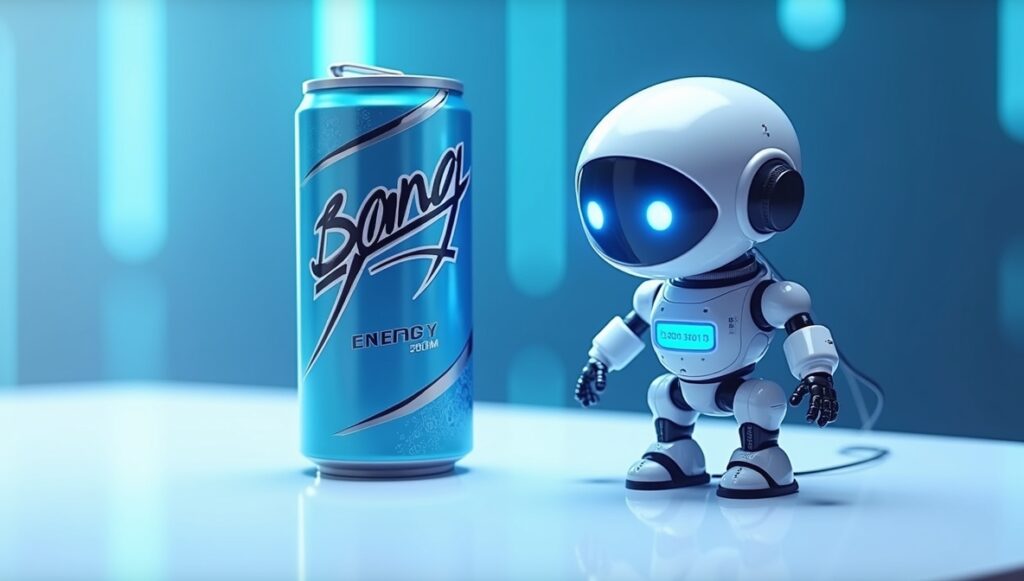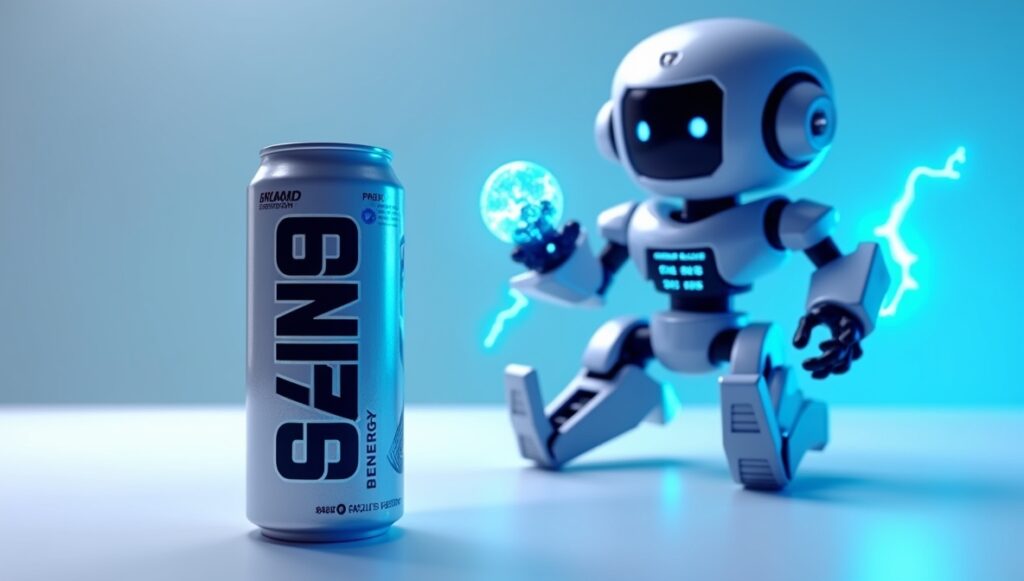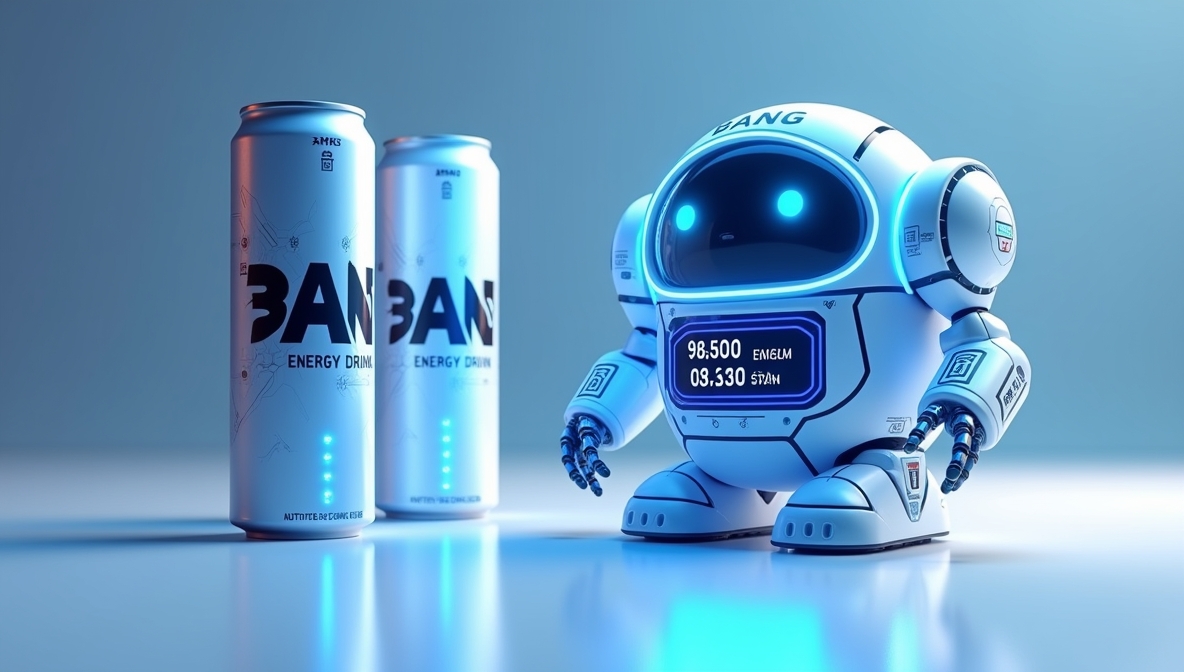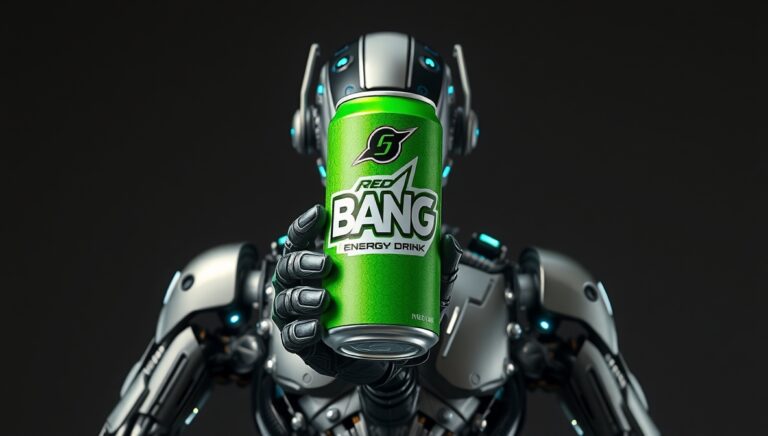How Much Caffeine in a Bang Energy Drink – Complete Facts
lntroduction
In today’s fast-paced world, where productivity, workouts, and alertness define much of daily life, energy drinks have become a cultural staple. How much caffeine in a bang energy drink is a question that many health-conscious consumers ask when choosing a boost that balances energy with safety. Caffeine, while naturally occurring, has powerful physiological effects, and understanding its presence in popular drinks like Bang is essential for making informed lifestyle choices.
The Rise of Energy Drinks
Over the past two decades, energy drinks have moved from niche products to global phenomena. They are now consumed by students, athletes, professionals, and gamers alike. What was once seen as a simple stimulant has transformed into a multibillion-dollar industry focused on performance, endurance, and focus enhancement.
At the center of this boom is caffeine — a compound celebrated for its ability to improve alertness and reaction time. How much caffeine in a bang energy drink becomes an essential consideration in this context, because not all how much caffeine does bang energy have energy drinks are created equal. Some are designed for light stimulation, while others, such as Bang, pack a significantly higher caffeine concentration intended for advanced performance users.
What Makes Bang Energy Stand Out
Bang Energy positioned itself in the market as a “performance-enhancing beverage,” often advertised as more than just a typical energy drink. It claims to fuel workouts, mental sharpness, and endurance without the sugar crash commonly associated with other brands. But what truly sets Bang apart is its caffeine content.
When people ask, how much caffeine in a bang energy drink, they’re usually surprised by the answer: Bang contains about 300 milligrams of caffeine per 16-ounce can. To put that into perspective, that’s roughly equivalent to drinking three cups of strong coffee in one serving. This level of stimulation is substantial — especially for those unaccustomed to high doses of caffeine.
Caffeine: The Science Behind the Buzz

Caffeine is a central nervous system stimulant that works by blocking adenosine, a neurotransmitter responsible for promoting relaxation and sleepiness. When adenosine is inhibited, dopamine and norepinephrine levels increase, leading to improved concentration, alertness, and energy.
However, the intensity of these effects depends heavily on dosage. How much caffeine in a bang energy drink directly influences how your body responds to it. For most healthy adults, up to 400 milligrams per day is considered safe by many health organizations. With Bang containing 300 milligrams in a single can, it occupies the upper range of that daily limit — meaning drinking more than one can in a short period can easily push someone beyond recommended intake levels.
Comparing Bang with Other Energy Drinks
When assessing caffeine content, it’s crucial to compare Bang with other leading brands. Red Bull, for instance, contains about 80 milligrams per 8.4-ounce can. Monster Energy delivers approximately 160 milligrams per 16-ounce can. In contrast, Bang offers nearly double that amount.
This is why how much caffeine in a bang energy drink becomes a conversation not just about stimulation but also about tolerance and safety. While moderate caffeine intake enhances focus and physical performance, excessive consumption may lead to jitters, heart palpitations, or disrupted sleep patterns. Understanding these differences helps consumers choose beverages that align with their body’s needs and sensitivities.
The Role of Caffeine in Athletic Performance
Caffeine is widely recognized in sports science for its performance-enhancing properties. It can improve muscle endurance, reaction speed, and fat oxidation during exercise. That’s why many athletes turn to caffeine-based supplements before workouts or competitions.
How much caffeine in a bang energy drink plays a vital role in this scenario. With its 300-milligram content, Bang falls squarely within the range that research shows to enhance endurance performance — typically between 3 to 6 milligrams of caffeine per kilogram of body weight. However, athletes must also consider timing, hydration, and personal tolerance. Too much caffeine too close to a workout can increase heart rate or cause gastrointestinal discomfort, counteracting its potential benefits
The Hidden Ingredients: More Than Just Caffeine
While caffeine is the star component, Bang Energy contains several other ingredients that contribute to its effects. These include branched-chain amino acids (BCAAs), CoQ10 (coenzyme Q10), electrolytes, and various vitamins like B6 and B12.
Still, how much caffeine in a bang energy drink remains the most significant factor influencing its stimulating properties. The additional ingredients aim to support muscle recovery, improve focus, and maintain hydration — but none carry the same level of physiological impact as caffeine. Consumers should also be aware that combining Bang with other caffeinated products, such as pre-workout powders or coffee, can easily lead to overconsumption.
Understanding Caffeine Tolerance
Caffeine tolerance varies from person to person. Genetics, age, weight, metabolism, and habitual consumption all play roles in determining how caffeine affects an individual. For someone who drinks coffee regularly, 300 milligrams might provide a moderate buzz. For others, especially those with lower tolerance, that same amount can lead to overstimulation.
How much caffeine in a bang energy drink is therefore not just a question of numbers — it’s about understanding one’s body and its limits. Over time, frequent caffeine users may develop tolerance, requiring higher doses to achieve the same alertness. This can lead to dependency, withdrawal symptoms like headaches or fatigue, and disrupted sleep cycles. Managing caffeine intake strategically ensures continued benefits without negative side effects.
Potential Health Risks of Excessive Caffeine
While caffeine has numerous benefits, it is not without risks. Excessive consumption can lead to increased heart rate, anxiety, digestive issues, and dehydration. It may also interfere with calcium absorption and blood pressure regulation.
The discussion around how much caffeine in a bang energy drink becomes especially relevant here, as Bang’s high caffeine concentration means exceeding safe limits is possible with just one or two cans. People with pre-existing heart conditions, high blood pressure, or anxiety disorders should exercise caution. Adolescents, pregnant women, and individuals sensitive to stimulants should avoid consuming such high-caffeine beverages altogether.
The Impact of Caffeine on Sleep
One of the most commonly overlooked effects of caffeine is its interference with sleep. Caffeine can remain in the bloodstream for up to six hours after consumption, making late-day intake particularly problematic. Even if someone falls asleep after consuming caffeine, the quality of sleep is often compromised — with reduced deep-sleep phases.
For those wondering how much caffeine in a bang energy drink affects rest, the answer depends on timing. Consuming a Bang before a workout or during the morning hours may enhance performance without disrupting the sleep cycle. However, drinking one late in the afternoon or evening can lead to insomnia or restless sleep patterns, which ultimately reduce overall energy levels.
The Marketing of Energy and Productivity
Energy drinks like Bang are often marketed as lifestyle enhancers — products that fuel ambition, creativity, and performance. They appeal to a generation that values productivity and endurance, whether at work, school, or the gym.
But how much caffeine in a bang energy drink also highlights the fine line between empowerment and overuse. Marketing often emphasizes benefits while downplaying potential risks. This creates a perception that such beverages are universally safe, when in reality, responsible consumption is key. The cultural fascination with constant stimulation can sometimes overshadow the importance of balance and rest.
Alternatives to High-Caffeine Drinks
Not everyone needs a 300-milligram caffeine boost to perform optimally. For many, moderate options like green tea, matcha, or smaller servings of coffee provide sufficient alertness without overstimulation. Hydration, nutrition, and proper sleep often serve as more sustainable energy solutions.
How much caffeine in a bang energy drink becomes a point of comparison for those seeking alternatives. For example, green tea provides around 35 milligrams per cup, while black coffee contains roughly 95 milligrams. These moderate options support focus and energy without leading to dependency or jitteriness. For people sensitive to caffeine, even natural energizers such as ginseng, maca root, or vitamin B complexes can offer balanced vitality.
The Role of Hydration and Nutrition
Energy drinks can temporarily mask fatigue, but they cannot replace hydration or proper nutrition. Many people mistake dehydration for tiredness and reach for caffeine when water would have been more effective. Similarly, skipping meals while relying on energy drinks can lead to blood sugar imbalances and mood swings.
The discussion around how much caffeine in a bang energy drink should therefore include hydration and dietary context. Caffeine acts as a mild diuretic, meaning it can increase fluid loss. Combining high caffeine intake with insufficient water can result in dehydration, especially during exercise. Balancing energy drinks with adequate hydration and nutrient-rich foods ensures better overall performance and recovery.
Caffeine Withdrawal and Dependence
Regular use of high-caffeine products can lead to dependency. When caffeine intake is suddenly reduced, individuals may experience withdrawal symptoms such as headaches, fatigue, irritability, or difficulty concentrating.
How much caffeine in a bang energy drink plays a critical role in this cycle. Because Bang contains a high dose of caffeine in a single serving, users who consume it daily may find it harder to stop without experiencing side effects. The best approach is moderation — using caffeine as a tool, not a crutch. Gradually reducing intake and alternating with non-caffeinated beverages can help break dependency while maintaining focus and energy naturally.
Understanding Labels and Consumer Responsibility
Reading labels carefully is one of the most effective ways to manage caffeine intake. Manufacturers often include total caffeine content and serving sizes, but consumers may overlook these details.
By asking how much caffeine in a bang energy drink, individuals take the first step toward responsible consumption. Awareness helps prevent accidental overuse, particularly when combining energy drinks with coffee or supplements. Education around caffeine safety should be as commonplace as discussions about sugar or calories, given its widespread influence on health and performance.
Moderation: The Key to Safe Consumption

The golden rule with caffeine — as with most things — is moderation. A single can of Bang can provide a powerful energy boost for workouts, long drives, or demanding projects. However, it should not become an everyday necessity. How much caffeine in a bang energy drink serves as a reminder that balance is essential.
Alternating caffeinated and non-caffeinated days helps reset tolerance, while maintaining hydration and sleep hygiene enhances natural energy levels. Responsible use allows individuals to harness caffeine’s benefits without compromising their long-term health.
The Future of Energy Drinks
The energy drink industry continues to evolve as consumers become more health-conscious. Companies are experimenting with lower-caffeine formulations, natural ingredients, and nootropic blends that support focus without overstimulation.
Even as innovation grows, how much caffeine in a bang energy drink will remain a defining metric. Consumers are now more informed and cautious, demanding transparency in labeling and ingredient sourcing. The future of energy beverages will likely prioritize balance — merging performance enhancement with wellness principles to meet modern lifestyle demands.
Final Thoughts: Energy with Awareness
Caffeine, when respected, can be a remarkable ally for productivity and performance. When abused, it can become a source of fatigue, anxiety, and imbalance. The conversation surrounding how much caffeine in a bang energy drink embodies the broader dialogue about moderation, awareness, and self-control.
Understanding how caffeine interacts with your body empowers better choices — whether that means enjoying a Bang before a workout or opting for a lighter beverage during the day. True energy doesn’t come solely from a can; it comes from a lifestyle that values rest, nutrition, and mindfulness as much as stimulation. In the end, the key to sustainable energy lies not in consumption but in conscious living.






